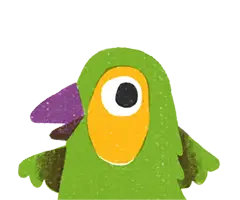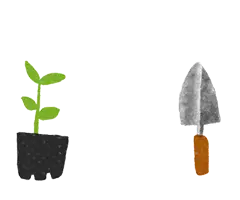|
| INSECTA (INSECTS) |
| Orthoptera: |
|
Acrididae (grasshoppers)— |
|
|
Brachaspis robustus Bigelow 1967 (robust grasshopper) |
|
|
Sigaus childi Jamieson 1999 |
|
Anostostomatidae (giant, ground, tree, and tusked weta)— |
|
|
Deinacrida (giant weta)— |
|
|
|
all species |
|
|
Hemideina ricta (Hutton 1897) (Banks Peninsula tree weta) |
|
|
Motuweta isolata Johns 1997 (Mercury Islands tusked weta) |
| Coleoptera: |
|
Carabidae (ground or carab beetles)— |
|
|
Mecodema laeviceps Broun 1904 (Ida Valley carabid beetle) |
|
|
Megadromus speciosis Johns 2007 (Eastern Sounds ground beetle) |
|
Cerambycidae (longhorn beetles)— |
|
|
Xylotoles costatus Pascoe 1875 (Pitt Island longhorn beetle) |
|
Curculionidae (weevils)— |
|
|
Anagotus fairburni Brookes 1932 (flax weevil) |
|
|
Anagotus stephenensis Kuschel 1982 (Stephens Island weevil) |
|
|
Anagotus turbotti (Spiller 1942) (Turbott's weevil) |
|
|
Hadramphus spinipennis Broun 1911 (coxella weevil) |
|
|
Hadramphus stilbocarpae Kuschel 1971 (knobbled weevil) |
|
|
Hadramphus tuberculatus (Pascoe 1877) (Canterbury knobbled weevil) |
|
|
Heterexis seticostatus Brookes 1951 (Campbell Island ribbed weevil) |
|
|
Lyperobius huttoni Pascoe 1876 (speargrass weevil) |
|
|
Lyperobius nesidiotes Kuschel 1987 (Broughton Island weevil) |
|
|
Megacolabus sculpturatus Broun 1893 (Akaroa weevil) |
|
|
Nothaldonis peacei Broun 1880 (Peace's weevil) |
|
|
Oclandius laeviusculus Broun 1902 |
|
Elateridae (click beetles)— |
|
|
Amychus candezei Pascoe 1876 (Chatham Islands click beetle) |
|
|
Amychus granulatus Broun 1886 (Cook Strait click beetle) |
|
Lucanidae (stag beetles)— |
|
|
Geodorcus— |
|
|
|
all species |
|
Scarabaeidae (scarab beetles)— |
|
|
Prodontria bicolorata Given 1964 (Alexandra chafer beetle) |
|
|
Prodontria lewisii Broun 1904 (Cromwell chafer beetle) |
|
| ARACHNIDA |
| Araneae (spiders)— |
|
Gradungulidae— |
|
|
Spelungula cavernicola Forster 1987 (Nelson cave spider) |
|
Theridiidae— |
|
|
Latrodectus atritus Urquhart 1890 (black katipo spider) |
|
|
Latrodectus katipo Powell 1871 (red katipo spider) |
|
| MOLLUSCA |
| Gastropoda (snails)— |
|
Cytora hirsutissima (Powell 1951) |
|
Cytora tepakiensis Gardner 1967 |
|
Paryphanta (kauri snails)— |
|
|
all species |
|
Placostylus (flax snails)— |
|
|
all native New Zealand species |
|
Powelliphanta (large land snails)— |
|
|
all species |
|
Rhytidarex buddlei (Powell 1948) |


